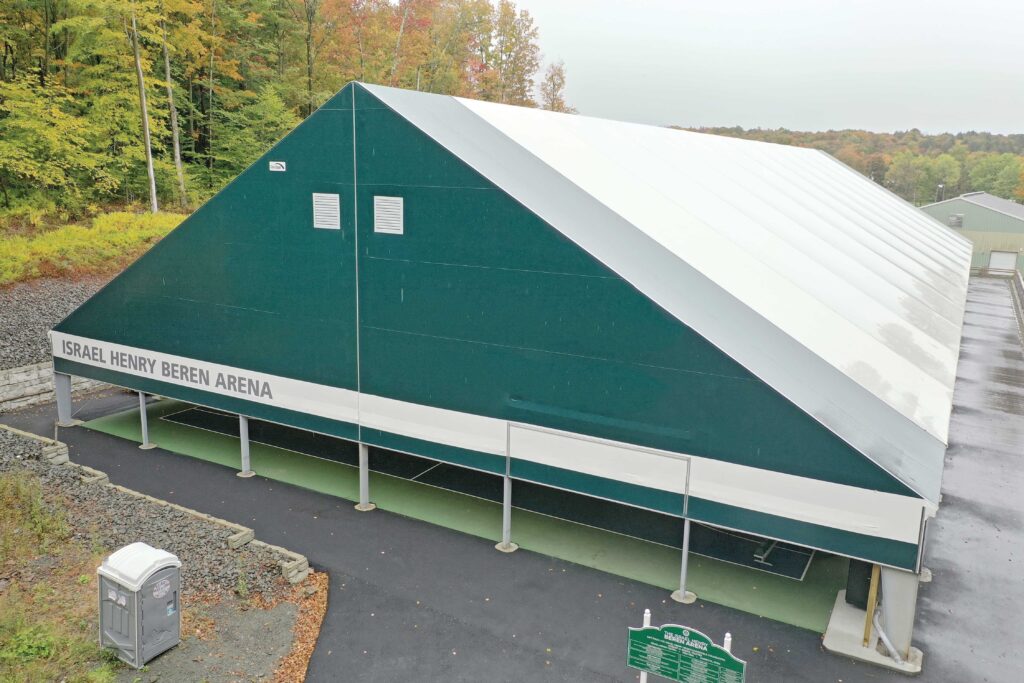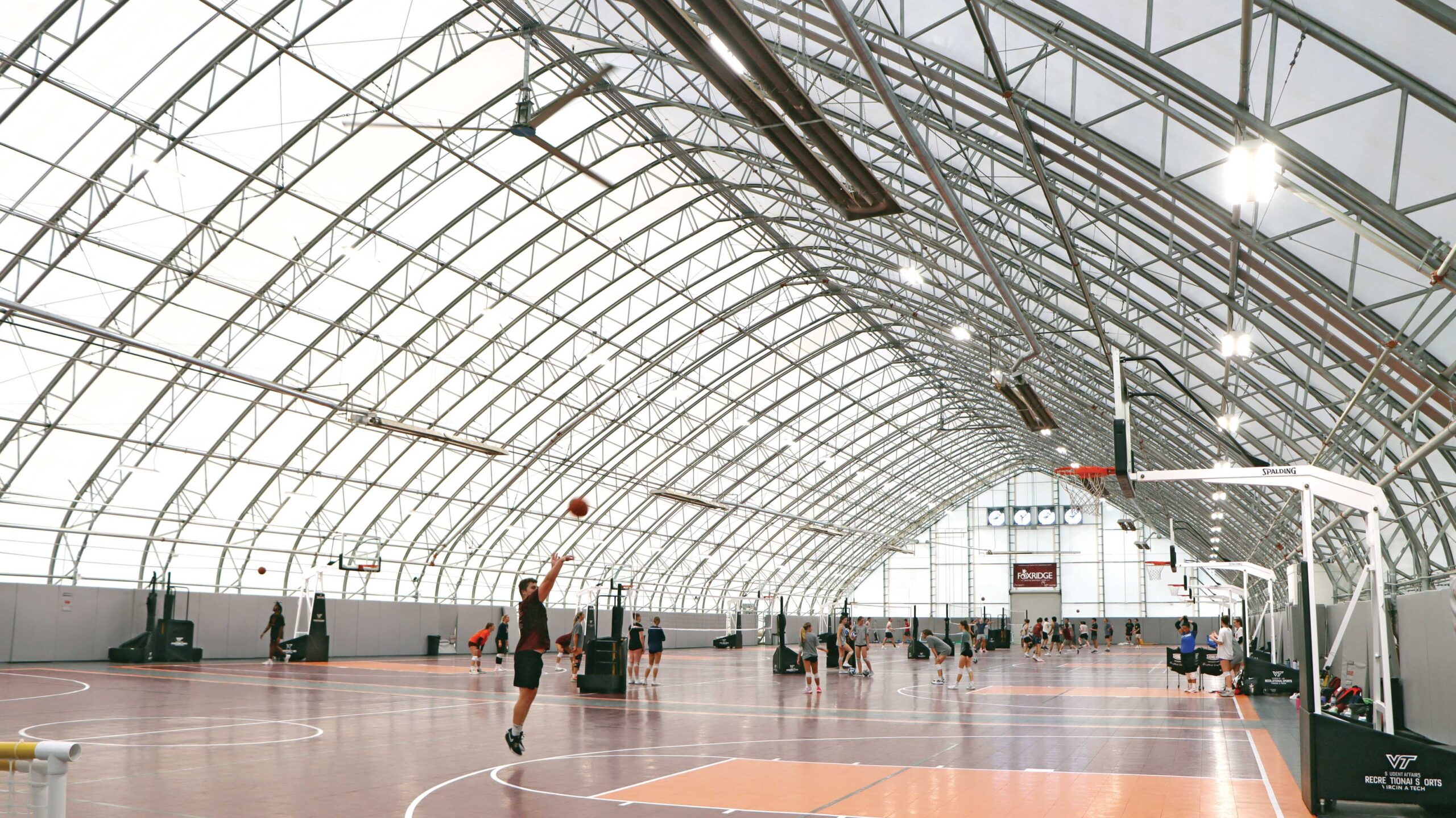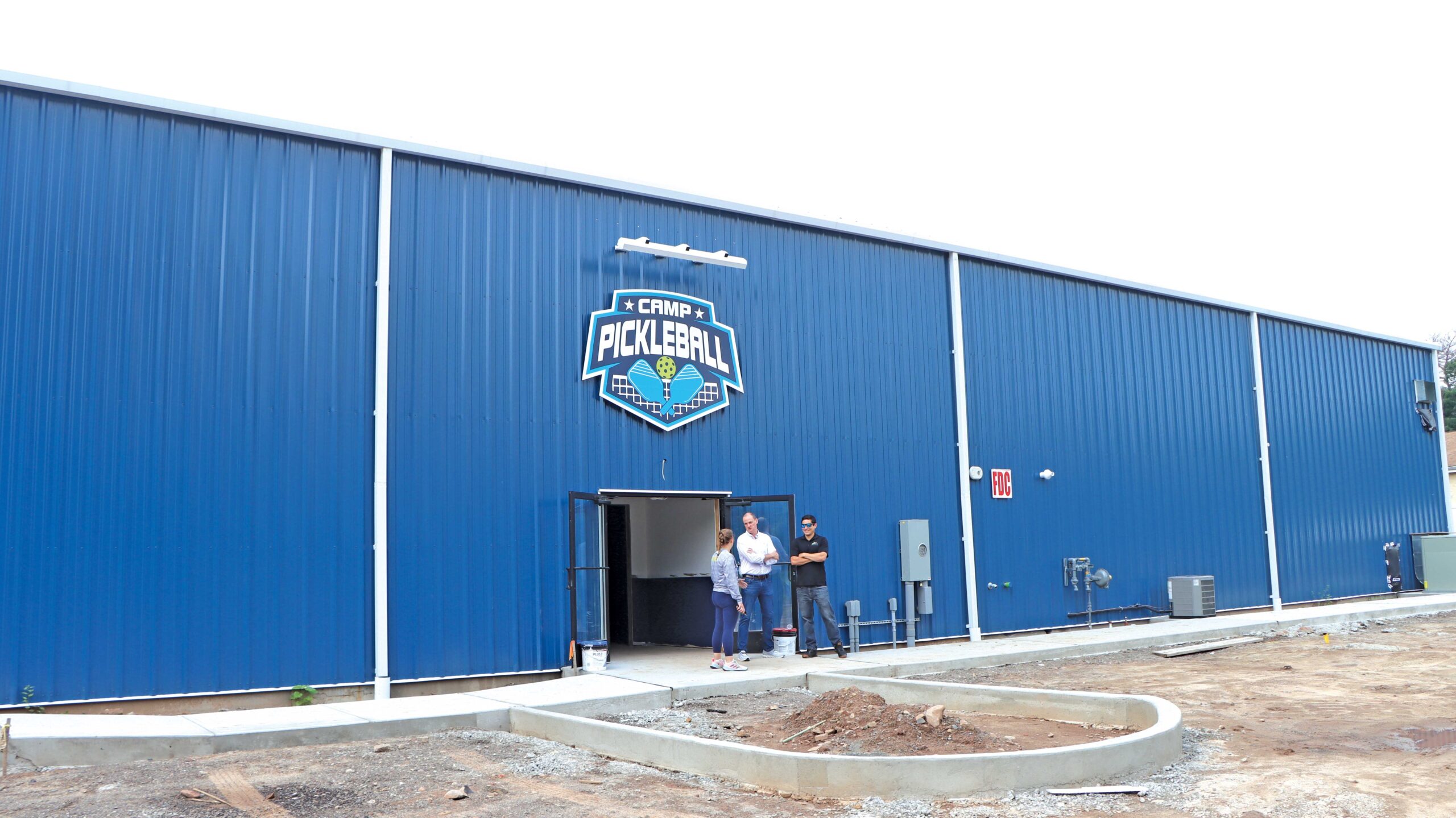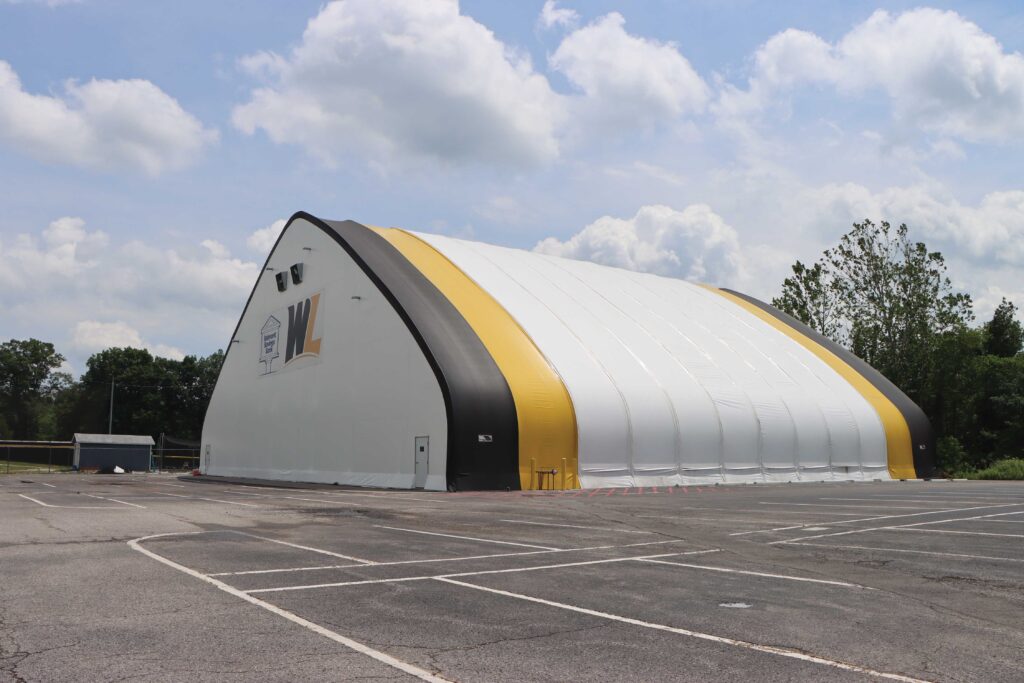Key Considerations For A Successful Recreational Building
Whether it’s seasonal sports practice, year-long athletics classes, local weekend events or other social activities, recreation is at the heart of communities and schools everywhere. Each community has unique needs, so when planning a new recreational building, it’s crucial for them to choose effective design elements.
To assure success, what do communities and organizations need to consider when designing a new recreational building or community center? Thoughtful recreational building design incorporates durable, versatile materials, like strong cladding, steel frames and sturdy foundations that are chosen based on different considerations, including climate and intended use.
Regardless of what a community or school requires, finding the right building solution is possible. This blog will explore those potential factors communities have to consider, along with the design elements they can choose from to best complement their recreational needs.
Assessing Recreational Building Requirements
The first step in planning a successful recreational building is to identify key elements of the project, including fixed variables and project parameters, as well as desired outcomes. Some of the questions that can help communities identify their needs are:
- Who will use the building?
- What is it for, and what are the short and long-term plans for the structure?
- What are the climate and weather conditions?
- Where will it be, and how will it be accessed?
- When and how frequently will it be used?
- Why is it being built? Is there a longer-term goal for the community, like an enrollment or fiscal growth figure?
- How will the building be accessed? Does it require parking lots or paths, is it on a campus, will it be connected to other structures, etc.

Once communities identify the “who, what, where, when, why and how” of their recreational building needs, they will have a clear starting point from which to choose design elements.
Sign Up Now To Learn More
Choosing Purpose-Driven Design Elements
Cladding
When designing a recreational building, cladding is the most visible building material choice communities can make, and it’s also one of the most important. The two main types of cladding are fabric and metal cladding.
Naturally, both types of cladding should protect the building’s interior. But excellent cladding can also serve further purposes. Cladding can impact the climate within a structure, or offer opportunities for community expression, like choosing cladding in school colors or portraying a mascot to show community spirit. The right cladding can enhance both the form and the function of a building.
When communities are looking for a natural feel in their structure, 12.5 oz. polyethylene fabric cladding is an ideal choice. This climate-sensitive option is cost-effective and durable. Polyethylene fabric cladding allows natural sunlight to filter through, creating a calming ambience within the structure.
Because fabric cladding offers indoor protection that feels like it’s outdoors, it is an excellent choice for activities and playing surfaces commonly found outside, like tennis courts or basketball courts. Its rip-stop weave also provides durability, extending the lifespan of the cover. Furthermore, ClearSpan 12.5 oz. polyethylene fabric cladding is completely recyclable.
A relaxed, open-air feel with natural lighting is also possible with thicker fabric cladding. Featuring a durable seven-layer construction, Armor Shield cladding is a versatile architectural vinyl cover that provides superior protection and strength, and is especially suitable for communities in more extreme climates. Both the Armor Shield and the 12.5 oz. polyethylene fabric cladding can be customized with optional open end wall placement for increased air flow and light, and can be supplemented by electric lighting.
For increased protection, communities can choose to clad their recreational facility in metal cladding. Like fabric cladding, metal cladding is customizable in a number of colors and is also available in varying corrugated patterns.
Metal recreational buildings make ideal community centers and sports facilities, especially in regions with extreme snow, wind and rain. Communities that select metal cladding for their steel building can also choose insulated metal panels. IMPs are able to help maintain a temperate environment within a structure.
If communities prefer a hybrid metal and fabric-clad structure, cladding can be tailored to meet custom specifications, including open end walls, custom configurations of fabric and metal cladding and doors and windows.
Regardless of what options communities choose, cladding can be both visually-appealing and functional, and is a crucial component to designing a successful recreational building.


Framing
Next to cladding, a building’s frame is its most recognizable design element. Framing informs a building’s appearance and proportions, and different frame styles can support different functions and meet different requirements.
Two frame options for durable and long-lasting steel recreational buildings are the Truss Arch frame and I-beam frame. The style of frame communities should choose will depend on their recreational needs.
For example, if the recreational building is intended to serve as a covered indoor area for football practice, communities might choose a large truss arch frame. Truss frames can be built to massive sizes and do not require interior support posts, allowing for the maximum use of space within the structure. I-beam steel frames can also be built to expansive dimensions and accommodate any cladding.
Communities and schools can select from prefab metal and fabric buildings or opt for a custom-built structure. Prefab recreational buildings are available in varying dimensions and can be built quickly, and custom recreational buildings can be built to specific dimensions and requirements.
Whether communities choose a prefab or a custom ClearSpan structure, they will find the same superior strength and durability in both.
Foundation
Similarly to cladding and framing, communities can also choose from multiple foundation styles. Options for a recreational building foundation include the innovative helical anchoring system, container foundations and a variety of more traditional solutions, like concrete.
While helical anchors are classified as temporary, they are strong enough to be permanent. The installation process is straightforward, requiring minimal excavation; these small-footprint anchors are easily drilled into the ground. They never have to be removed, and can be relocated as desired.
Another inventive foundation option for community and school recreational buildings is container foundations, which utilize sturdy shipping containers as a structural foundation with built-in storage space. While additional or adjoining recreational storage buildings are always an option for the largest amount of space, container foundations are the ideal choice for a sports facility requiring easily-accessible gear and ball storage.
Container foundations allow athletics equipment, event tables, chairs and other supplies to be stored within reach, eliminating weather interruptions and transport planning. Multi-functional container foundations can help communities maximize the efficiency of their structure, while boosting its cost value.
A third option, concrete foundations, offer the most permanent and durable building support. Concrete foundations are ideal for large, open space events with many people, or for high-impact activities, like sports practices and high-volume fairs. Traditional concrete foundations can accommodate significant wear and tear, like the weight of bleachers and scores of spectators. Concrete foundations can also be extended to create a gathering space or ambulatory area outside of the structure, or connect to a parking lot or pathways for easy accessibility.

Helical anchors, container foundations and concrete foundations are all excellent options for a variety of recreational building needs. By identifying the unique combination of design elements that best serve the purpose of a community’s new recreation building, communities and schools can design a structure of high quality that helps their community thrive.
Communities and schools want quality, weather-ready recreational buildings that serve as vibrant centers of activity and local engagement, and there are many options to choose from. It’s important for them to remember that every group has their own specific needs and varying priorities.
When planning a successful recreational building, thoughtful design integrates elements like cladding, framing and foundation, and accounts for climate, purpose and local surroundings. When communities have a clear intention for their recreational structure, they can make the best choices to build a durable, long-lasting community building.
To start planning your recreational building project, call or Request a Quote today.
Related ARticles
The Indoor Sports Complex: Why You Should Build An Indoor Sports Facility
Indoor athletic facilities are more than just places to practice in the winter; they’re climate-controlled environments with superior playing conditions that allow everyone, from players to coaches to spectators, to be a part of the experience 24/7/365.
The Ultimate Guide On Building An Indoor Pickleball Facility
This comprehensive guide will help operations create the ultimate indoor pickleball facility, so they can not only be a part of this rapidly growing sport, but also develop into a premier pickleball destination in their region.
Improving Gym Building Design With Fabric Structures
From organized sports to exercising in a local gym, the design of a gym building needs to create an environment where athletes or guests can perform their best.
Virginia Tech's New ClearSpan Field House
Virginia Tech has added a new ClearSpan structure to their Rec Sports department.

